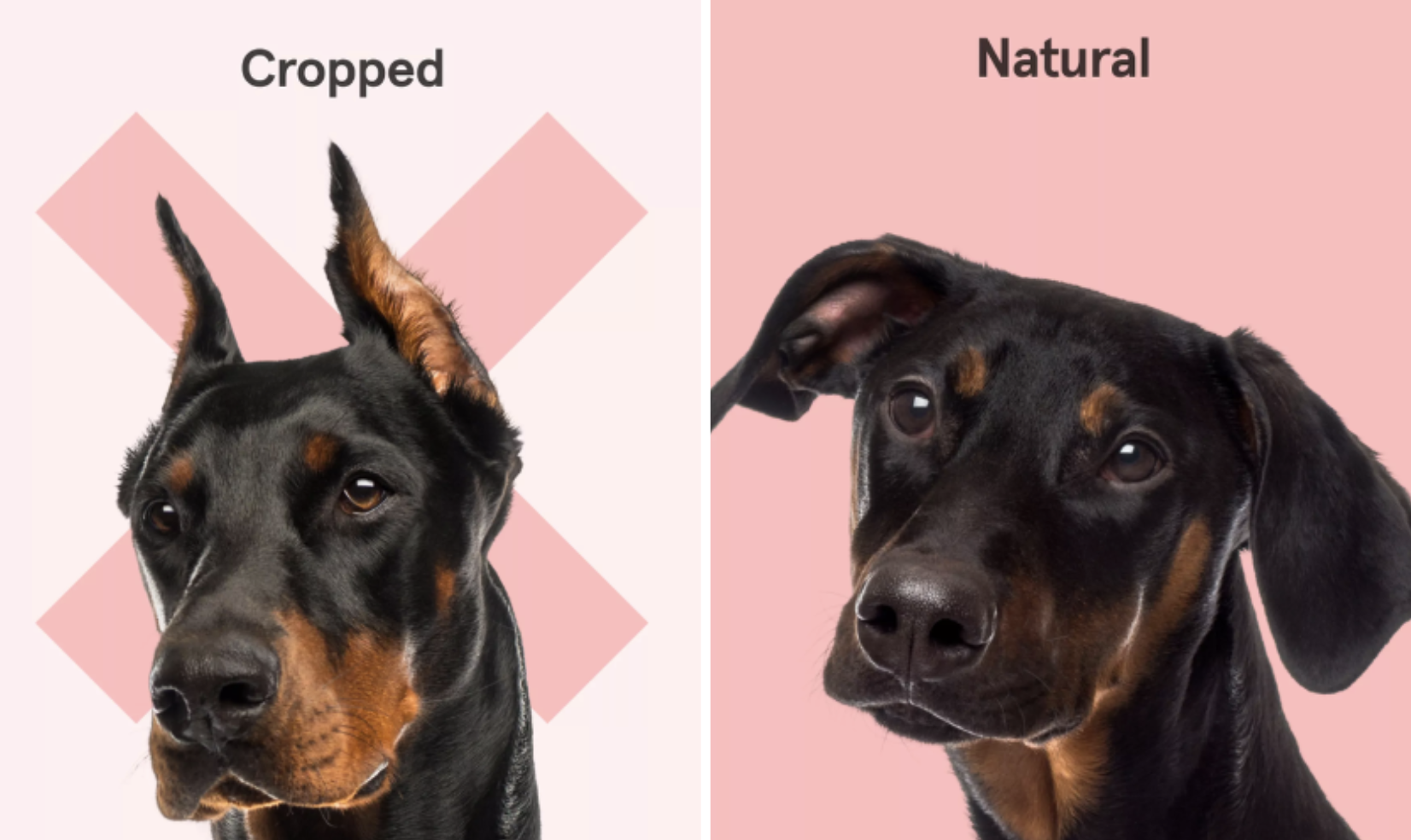The debate surrounding ear cropping in dogs has echoed through the halls of veterinary clinics and animal rights activists for decades. Ear cropping, the surgical alteration of a dog’s ears, often incites passionate opinions on both sides of the argument. Is it merely a cosmetic modification, or does it indeed constitute a form of animal cruelty? This question transcends cultural norms, veterinary practices, and legal frameworks, demanding a closer examination of what it means to prioritize the welfare of animals.
Historically, ear cropping has been hailed as a symbol of breed standards and ideals of aesthetic beauty. Certain breeds, such as Doberman Pinschers, Boxers, and American Pit Bull Terriers, often have cropped ears to conform to show standards or traditionally perceived notions of what constitutes a “perfect” dog. Yet, this practice raises significant ethical concerns, as it is performed solely for human preferences rather than the well-being of the animal.
To understand this issue more thoroughly, it is imperative to consider the ramifications of the procedure itself. Ear cropping is a surgical intervention usually executed under anesthesia, whereby the outer part of the ear, known as the pinna, is partially or completely removed. Depending on the extent of the procedure, it can lead to considerable pain, excessive bleeding, and potential infections during the recovery phase. By cutting away sensitive tissue, the bonds of trust between a pet and its owner risk deterioration, as the animal is subjected to unnecessary trauma.
Veterinarians hold pivotal roles in this discourse. While some practitioners remain supportive of ear cropping for specific breeds, an increasing number of veterinarians are urging an end to this practice. They emphasize that most dogs do not require ear cropping for health reasons and that no scientific evidence supports claims that cropping contributes positively to the animal’s quality of life. Instead, veterinarians advocate for a holistic understanding of canine wellness, which includes unrestricted expression of natural behaviors and maintaining animal integrity without unnecessary alteration to their bodies.
The American Veterinary Medical Association (AVMA) has publicly denounced ear cropping, stating that the procedure is not medically necessary and does not confer any health benefits. This stance is echoed by multiple veterinary organizations worldwide that urge pet owners to consider the psychological and physiological implications of subjecting animals to such surgery. According to these institutions, preserving a dog’s natural anatomy is preferable, both ethically and healthily. Thus, a growing consensus is emerging that equates ear cropping with an outdated view of animal care, nurturing a movement toward compassionate treatments that honor the dignity of pets.
The legal landscape surrounding ear cropping varies significantly across jurisdictions. In some countries, ban laws reflect an increasing sensitivity towards animal rights and welfare. Nations such as the United Kingdom, New Zealand, and Australia have enacted legislation prohibiting ear cropping, portraying a societal shift that favors humane practices. These laws typically draw upon an evolving understanding of animal sentience and the principal duty of humans to protect vulnerable creatures from undue suffering.
On the contrary, in many regions of the United States, ear cropping remains legal and widely practiced, leading to disparities in legislative frameworks and ethical dog ownership. In several states, veterinarians can legally perform ear cropping under the guise of tradition, even when public sentiment increasingly leans towards banning such practices. This inconsistency raises questions about the cultural norms surrounding dog breeding and ownership, urging us to reconsider what truly constitutes acceptable behavior towards our animal companions.
The crux of the debate does not merely hinge on legality or veterinary perspectives but rather challenges our moral obligations towards animals. It compels us to contemplate a future where animals are treated with respect, and their welfare takes precedence over aesthetic preferences. A burgeoning movement among animal advocates is fostering dialogue around alternative methods for defining beauty in dogs—promoting the notion that loving an animal transcends superficial appearances. It encourages the appreciation of each dog as an individual, celebrating their idiosyncrasies without the pressures of societal standards.
Education plays a significant role in shaping opinions on ear cropping. Many people remain unaware of the distressing implications of the procedure, perpetuating a cycle that prioritizes appearance over animal welfare. Increasingly, advocates are working to disseminate information that challenges the normalization of ear cropping, sparking curiosity among pet owners to explore what truly benefits their companions.
As our understanding of animal sentience continues to evolve, it is vital that we reassess practices rooted in tradition but lacking in ethical justification. We must ask ourselves: Do we truly want to inflict pain on our animals for the sake of aesthetics? Or shall we embrace a profound respect for all living beings that reshapes the narrative surrounding canine beauty? With a collective effort to advocate for change, we can cultivate a society that upholds kindness and compassion, ultimately leading to a world where every dog’s ears remain untouched, basking in their natural beauty.
In conclusion, the question, “Is ear cropping animal cruelty?” does not yield an uncomplicated answer. However, as evidenced by the growing stance of veterinarians, thriving animal rights movements, and changing legal frameworks, it is clear that ear cropping lacks justification in both ethical and practical terms. Advocates for animal rights remind us that animals are not mere extensions of our desires but sentient beings deserving of respect, dignity, and freedom from unnecessary suffering. It is our collective choice to honor their existence and to allow their voices to rise above the din of tradition.








